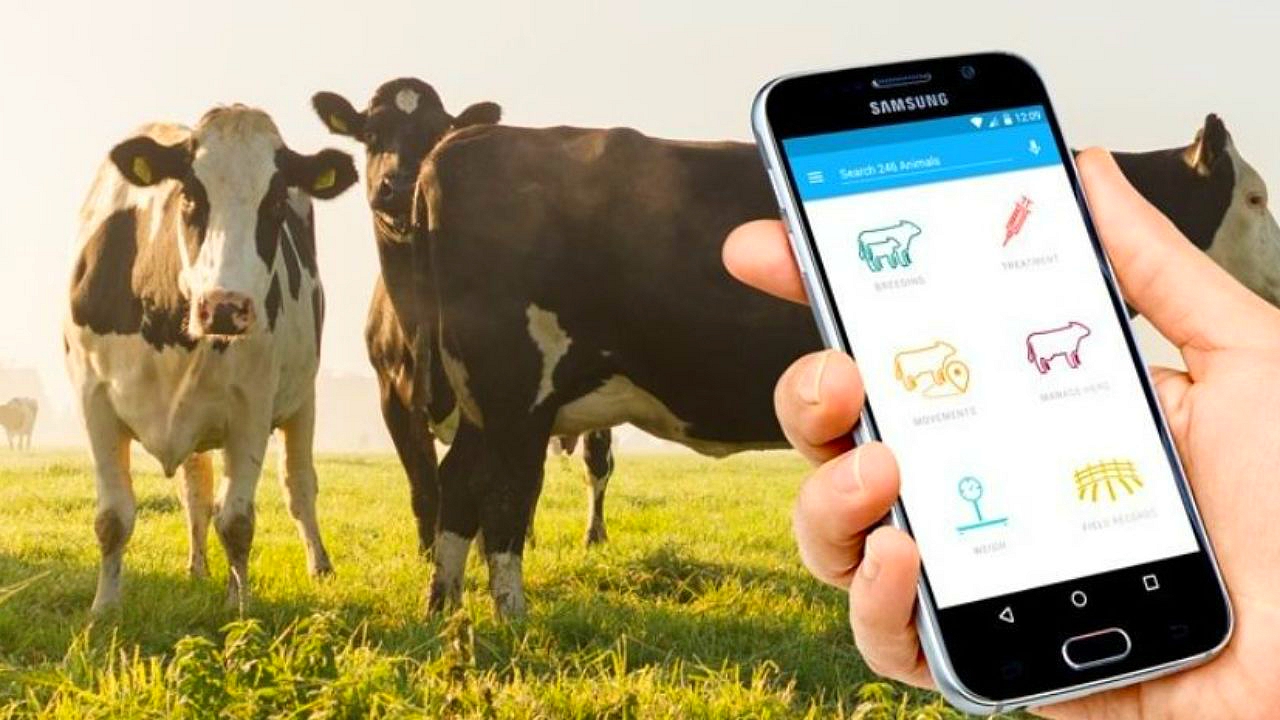In the vast expanse of the modern agricultural landscape, where efficiency, sustainability, and profitability reign supreme, traditional methods of cattle management are gradually giving way to innovative technological solutions. Among these solutions, cattle management software stands out as a game-changer, offering farmers a comprehensive toolset to streamline their operations and optimize herd health and productivity. In this blog post, we’ll delve into the intricacies of cattle management software, exploring its main features, addressing pain points in traditional farming, showcasing its transformative impact on farm operations, and providing real-world examples of its efficacy.
Pain Points in Traditional Cattle Management
Before delving into the world of cattle management software, it’s essential to understand the challenges inherent in traditional farming practices. Manual record-keeping, data fragmentation, and inefficient resource allocation are just a few of the pain points that plague farmers striving to manage their herds effectively. Farmers often find themselves grappling with scattered information in the absence of centralized data management systems, hindering their ability to make informed decisions in real time. Moreover, compliance with regulatory requirements poses a significant challenge, adding another layer of complexity to an already demanding task.
Main Features of Cattle Management Software
Enter cattle management software, a sophisticated solution designed to address these pain points and revolutionize farm operations. At its core, cattle management software offers a suite of features aimed at centralizing data management, automating tasks, providing actionable insights through analytics and reporting, and facilitating communication and collaboration among farm teams. Let’s explore these features in more detail:
Centralized Data Management
One of the primary features of cattle management software is its ability to centralize data management. By providing a unified platform for storing and accessing critical information such as herd inventory, individual animal records, pasture management data, and financial records, this software eliminates the need for disparate systems and manual cattle record-keeping management processes.
Automation and Integration
Cattle management software leverages automation and integration to streamline farm operations further. Through automated data entry mechanisms such as RFID tagging and sensor technology, farmers can capture vital information without manual intervention. Moreover, integration with third-party systems such as weather forecasts and financial software enhances the software’s capabilities, providing farmers with valuable insights to optimize their decision-making processes.
Analytics and Reporting
With robust analytics and reporting functionalities, cattle management software empowers farmers to gain actionable insights into their herd’s performance, financial health, and compliance status. From herd performance metrics to financial analysis and compliance reporting, these tools enable farmers to make data-driven decisions and track their progress over time effectively.
Communication and Collaboration
Effective communication and collaboration are crucial for the success of any farming operation, and cattle management software facilitates these processes through mobile accessibility, collaboration tools, and integration with external service providers such as veterinarians and nutritionists. By enabling seamless communication and collaboration among farm teams and external stakeholders, this software fosters synergy and enhances overall efficiency.
How Cattle Management Software Streamlines Farm Operations
Now that we’ve explored the main features of cattle management software let’s delve into how this technology streamlines farm operations and transforms how farmers manage their herds.
Efficiency Gains
One of the most significant benefits of cattle management software is the efficiency gains it offers to farmers. By automating tedious tasks such as data entry and providing real-time access to critical information, this software frees up valuable time and resources, allowing farmers to focus on higher-value activities such as herd management and strategic decision-making.
Improved Decision-Making
With access to comprehensive data and analytics, farmers can make informed decisions with confidence. Whether it’s optimizing breeding programs, allocating resources more effectively, or mitigating health risks, cattle management software provides farmers with the insights they need to make the right choices for their operations.
Enhanced Herd Health and Productivity
By proactively monitoring herd health and performance, cattle management software helps farmers identify and address potential issues before they escalate. From early detection of health issues to optimizing breeding programs for improved genetic traits, this software plays a crucial role in enhancing herd health and productivity, ultimately leading to higher profitability.
Regulatory Compliance
Compliance with regulatory requirements is a non-negotiable aspect of modern farming, and cattle management software simplifies this process significantly. By automating record-keeping and providing built-in compliance reporting tools, this software ensures that farmers can meet regulatory standards with ease, reducing the risk of non-compliance and associated penalties.
Case Studies
To illustrate the transformative impact of cattle management software, let’s take a look at a few real-world examples:
-
Case Study 1: Farm
- The farm implemented cattle management software to streamline its operations and improve herd health. By leveraging the software’s analytics capabilities, they were able to identify and address nutritional deficiencies, resulting in healthier, more productive cattle and increased profitability.
-
Case Study 2: Ranch
- Ranches integrate cattle management software with their existing systems to enhance communication and collaboration among their farm teams. As a result, they were able to improve coordination between departments, optimize resource allocation, and achieve greater operational efficiency.
Conclusion
In conclusion, cattle management software represents a significant advancement in agricultural technology, offering farmers a comprehensive solution to streamline their operations and optimize herd health and productivity. By centralizing data management, automating tasks, providing actionable insights, and facilitating communication and collaboration, this software empowers farmers to overcome the challenges of traditional farming practices and embrace a more efficient, sustainable, and profitable future. As technology continues to evolve, the potential for further innovation in cattle management software is virtually limitless, promising even greater benefits for farmers and the agricultural industry as a whole.
